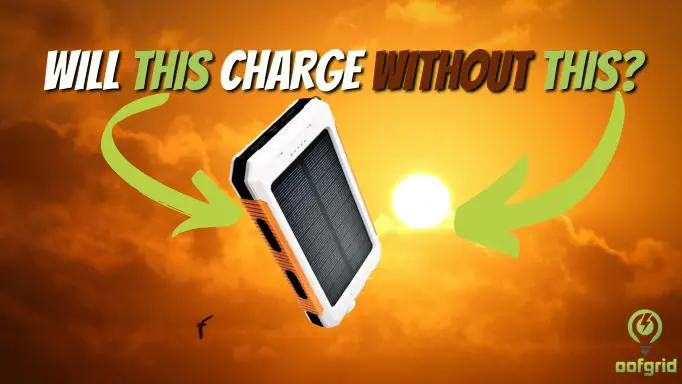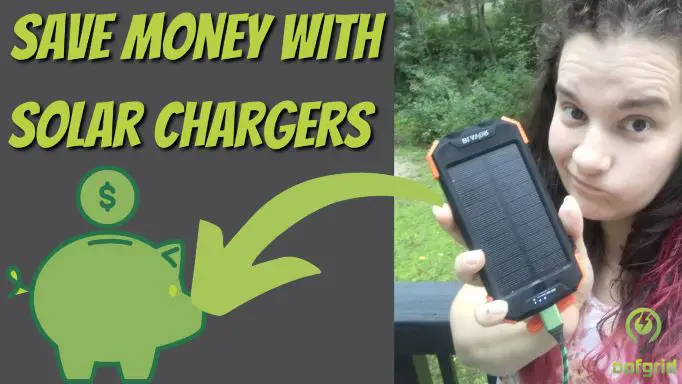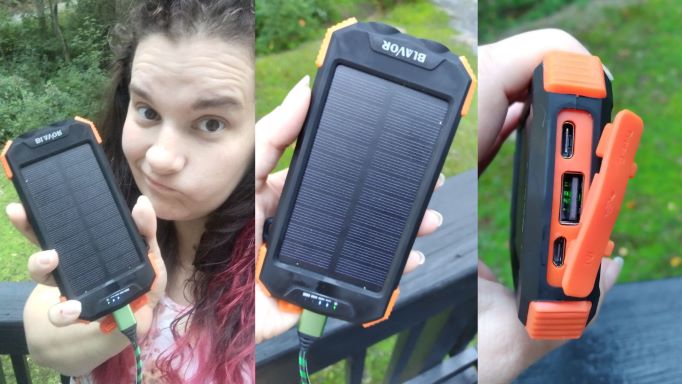If you’ve recently purchased a generator, you might be wondering how to connect it to your home’s electrical system. But, while the obvious answer may be to plug your generator into a wall socket, this can result in potentially fatal consequences.
Below, we’ll explain exactly why you can’t plug a generator into a wall socket. There’s more to it than meets the eye too and not only could you be causing some serious damage to your home, but you could find yourself facing some legal issues as well.
Contents
It Can Create Backfeeding
The biggest issue that can come from plugging a generator into a wall socket is backfeeding, which occurs when an unfiltered electrical current overpowers your home’s electrical system.
The result is a feedback loop, with the electrical current running the wrong way. And, since there is no breaker installed on a standard wall socket to filter the amount of electricity being passed back and forth, there is an increased risk of damage to your home’s electrical system.
Backfeeding Increases the Risk of Electrical Shock
Aside from causing some serious damage to your home’s electrical system, backfeeding can also result in an increased risk of electric shock outside of your home. This is because the overloaded electrical system will overflow from your home into the public system.
When this happens, there is a chance that any engineers working on the main power lines may get a jolt of electricity that could be potentially life-threatening. This certainly isn’t something that you want to be responsible for.
It Can Cause a Fire
Electricity is dangerous and, as such, special attention must always be paid when you’re dealing with it. A generator is too powerful for a wall socket to handle, which is why backfeeding occurs.
And, while the results of backfeeding can be fatal even to people outside of your home, the excess electricity being fed into your home’s electrical system can cause a fire.
It Can Damage Your Generator
It’s also important to know that plugging a generator into a wall socket can damage your generator itself. This is because, as the excess electricity is fed back into the generator, it can cause it to burn out.

Again, this increases the risk of fire which is one of the biggest safety concerns you should always keep in mind when dealing with electricity. But it can also leave you with the expense of having to replace your generator, which is a costly mistake that could easily be avoided simply by connecting your generator to your home correctly.
It’s Illegal
If the above information isn’t enough to stop you from wanting to plug a generator into a wall socket, you should also be aware that it’s illegal. This is because of the dangers it imposes not only on your own home but on the general public as well.
The US National Electric Code strictly forbids backfeeding and if you’re found to be breaking this law you will be held responsible.
Insurance May Not Cover Any Damage
Since plugging a generator into a wall socket is illegal and comes with added safety risks, likely, your home insurance provider won’t cover any damage that occurs from backfeeding.
This means that you’ll be personally responsible for any costs associated with repairing your home’s electrical system or for any fire-damage.
How should you connect a generator to your home?
So, now you know the multiple risks associated with backfeeding and why you shouldn’t plug a generator into a wall socket. But how should you connect a generator to your home safely and legally?
The first thing you need to make sure of is that your home’s electrical system is not connected to the main power grid and the generator at the same time.
The easiest and safest way to do this is by using a transfer switch. This allows you to connect your generator to a power inlet box which is usually located on the outside of your home with a special four-prong extension cord.
This power inlet box will be connected to the transfer switch which will most likely be installed next to your home’s main electrical panel.
A transfer switch allows you to select the most important things that need to be powered by the generator, rather than feeding all of its power into your home’s electrical system.
You will need to employ the services of a qualified electrician to install a transfer switch for you, but the cost of this is worth it in terms of keeping your home safe and making your generator’s connection legal.
You can also have an interlock switch installed, which works in the pretty much same way as a transfer switch. The only difference is that the generator’s power goes into a switch located within the main breaker panel.
You’re then able to switch between main-power and generator-power, making it easier to tell which you’re running off and ensuring that they aren’t functioning at the same time.
Final Word
So now you know that you cannot plug a generator into a wall socket. Even if the temptation to do so is great, there are many reasons why you shouldn’t.
You could cause damage to your home and create a life-threatening situation for engineers working on the main electrical grid. It’s also illegal to plug a generator into a wall socket.
To make sure your generator is safe and legal to use, you’ll need to make sure that you have an appropriate connection point for it. This should be installed for you by a qualified electrician, who will give you the choice of a transfer switch or interlock switch.
Both of these switches are capable of ensuring your home’s electrical system is not connected to both the main power grid and your generator at the same time, keeping everything safe and legal.
It’s also worth remembering that a generator should only be used as a backup power supply for your home during a temporary outage.
By taking the appropriate steps and having a dedicated connection point installed, you’ll be able to supply temporary power to your home without having to worry about backfeeding your electrical system once the main power is up and running again.






